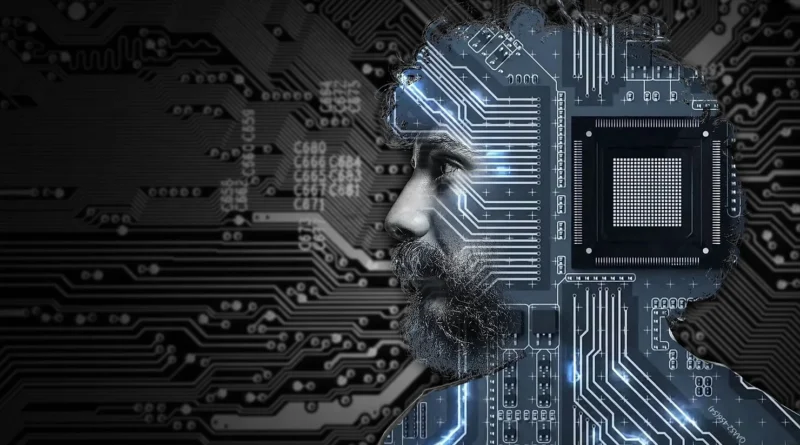Brain Implants Revolutionize Communication for ALS Patients
Inspired by Caltech Magazine
Imagine your body goes numb, almost completely paralyzed. Not only will you lose the ability to walk or drive freely, but it may also block every possible way you can communicate with others. You will probably lose control over your cell phone, computer, and natural voice. Here is where the shadow of sclerosis grows overwhelming and even disabling for the patients. Because interactions with other individuals are such an integral part of human lives and social isolation can lead to depression, the technology that provides those who have ALS (Amyotrophic Lateral Sclerosis), also known as Lou Gehrig’s disease, with alternative ways to interact with different people has been frequently devised and tested in the last several decades to maintain their connection to the rest of the world. As a result of the long-lasted research on neurotechnology, the newest brain implant method that receives signals directly from the brain is ready to change ALS patients’ lives dramatically.
The first several decades since the search for an ideal algorithm to somehow visualize the internal thoughts of paralyzed people’s brains had been difficult. Most of the early Augmentative and Alternative Communications (AAC) required subtle movements to predict what the messages were trying to tell. To implement some of the strategies, the people learned to display certain gestures, write down words and phrases, and point to letters or pictures daily. Though it was suitable for many casual situations where they discussed basic topics such as weather, food, and family, the lack of complexity in the communication was still a problem. Indeed, the conventions were especially problematic to the people whose speech ability weakened quickly as they did not have enough time to acquire the strategy. These technological defects of the former approaches of AAC that left some people with ALS incapable of any communication with their families until their death reflected the need for more articulate technology. In recent years, the solutions to this compelling issue have finally begun to emerge through the steady growth of computer science technology. Combining computer science and biotech, several projects have been showing groundbreaking results with word records in brain-reading technology. According to the bioRxiv team at Stanford University, the latest subject who received a brain implant “smashed” the previous records with the rate of 62 words per minute, meaning that despite the paralysis, the patient was able to visually display several full-written sentences in a minute. This is undeniably an astounding achievement for people with speech disorders. However, how was this made possible, and what is brain-reading technology? Small devices called Brain-machine interfaces decode the neural signal from the brain to computer-readable data and then translate them into words that humans can understand. As put this way, brain-reading technology might seem simple, but it is one of the impossible areas in which brain implants can be applied. As the electrodes installed in the BMIs receive signals from the motor cortex, the motion-related part of the brain, the computer is only capable of predicting the movement that the subject is trying to carry out. And speech—compared to other movements such as walking, standing, and grasping—is extremely complex. For example, when a person tries to say the word “zebra,” the person will have to stick his tongue to the teeth, slightly widen his mouth, and let the vocal cord vibrate naturally to make the sound audible. Since it involves various vocal parts and the motion is comparatively subtle. Therefore, machine learning is crucial to increase the accuracy of such technology. Nevertheless, this is not where the BMI stops. The data derived from the implanted device can be transmitted to other helpful technology like a robot arm and an artificial leg that can enable the mobility of people with disabilities.
Brain implant technology has opened a new era of alternative communications for ALS patients. Despite the promising results that have been actively coming out recently, they are not yet approved for commercialization. Regulations require higher accuracies of prediction for the technology to have a commercial value on the market and be sold to consumers. To earn the regulators’ approval, scientists plan on utilizing suitable machine learning techniques to bring up the precision. The importance of the success of brain-reading technology is not only about the speech of the disabled but the restoration of all abilities that they have lost. If this groundbreaking technology continues to show noticeable progress, someday soon, ALS patients may be ready to return to their everyday life.

